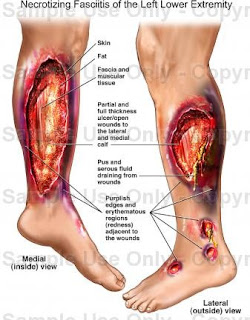Can your prenatal diet really help your baby's brain? More and more studies indicate YES! Research from the University of Connecticut
In the study, 29 pregnant women were randomly place into two groups at gestation week 24. One group received cereal bars containing 300 milligrams of DHA each. The second group of women received cereal bars containing no DHA. All study participants ate, on average, five bars each week for the remainder of their pregnancies. When their infants were nine months old, they were tested using the Infant Planning Test and the Fagan Test of Infant Intelligence.
 |
| Lake trout |
No significant differences in overall intelligence or memory recognition were noted between the two groups. However, the infants of the DHA-eating mothers performed significantly better in problem-solving.
According to these researchers, many pregnant women are not aware that consuming DHA is important during pregnancy and lactation. On top of that, women who are aware of their need for DHA are concerned with finding safe dietary sources of this omega-3 fatty acid.
Fish and seafood, like salmon, lake trout, sardines, tuna, herring, oysters, shrimp and shellfish are major sources of DHA for pregnant women .Nuts and seeds, such as walnuts, ground flaxseed, flaxseed oil Canola and soybean oils are also useful food to obtain DHA
 |
| wall nut |
Docosahexaenoic acid (DHA) is an omega-3 fatty acid (molecular formula C22H32O2). In chemical structure, DHA is a carboxylic acid with a 22-carbon chain and six cis double bonds; the first double bond is located at the third carbon from the omega end. Its trivial name is cervonic acid, its systematic name is all-cis-docosa-4,7,10,13,16,19-hexa-enoic acid, and its shorthand name is 22:6(n-3) in the nomenclature of fatty acids.
DHA IUPAC name (4Z,7Z,10Z,13Z,16Z,19Z)-docosa-4,7,10,13,16,19-hexaenoic acid; Doconexent
DHA was also found to inhibit growth of human colon carcinoma cells. DHA concentrations in breast milk range from 0.07% to greater than 1.0% of total fatty acids, with a mean of about 0.34%. DHA levels in breast milk are higher if a mother's diet is high in fish.
DHA is actively promoted by manufacturers as a food additive. Until recently, sales other than to makers of infant formula have been minimal; however, in 2007, several DHASCO-fortified dairy items (milk, yogurt) began selling in grocery stores.










































